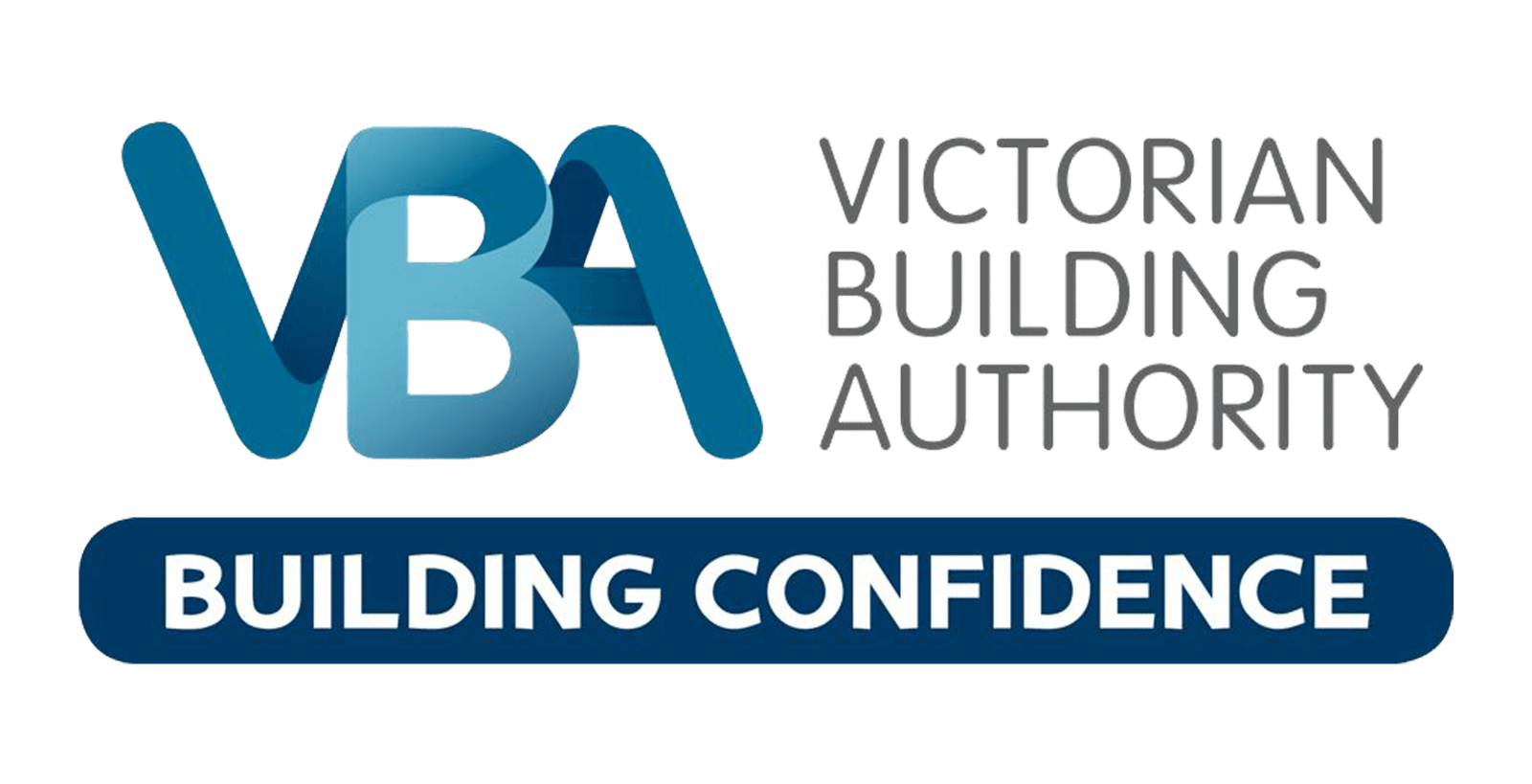Frequently Asked Questions
Frequently Asked Questions
How do I register my pool?
How do I find out what date my pool or spa was constructed?
The council will determine the date of construction and the applicable barrier standard and inform you in writing in the letter you get after the registration of your pool.
How often do I need to provide a pool safety certificate (Form 23) to Council?
Every four years after the first pool safety certificate (Form 23) was lodged with the Council.
What happens if I don’t lodge a pool safety certificate (Form 23)?
It’s an offence to not a certificate of barrier compliance for a pool or spa by the due date, and you can face substantial on the spot fines and penalties.
Can I change my Pool Inspector if I don’t agree with the report?
No, once you have engaged a Pool Inspector for a pool inspection you need to work with them to obtain your pool safety certificate (Form 23).
What if I decide to remove my pool or spa?
You must advise your council that the registered pool or spa no longer exists or is no longer capable of containing water to a depth of greater than 300 mm.
Your council will perform a final inspection before they remove it from the Swimming Pool and Spa Register.
What types of pools do you inspect?
We provide comprehensive pool inspections performed by experienced pool inspectors who are well-versed in all aspects of pool safety and compliance. Our pool inspection services include the following:
- Inground Pool Inspection
- Above-Ground Pool Inspection
- Indoor Pool Inspection
- Spa Inspection
Which areas of Victoria do you offer a pool inspection service?
We offer a pool inspection service to all areas of Victoria. We have a network of experienced pool inspectors available to inspect your pool or spa on short notice. If you are unsure if we cover your area, feel free to contact us:
- Baxter
- Beaumaris
- Brighton
- Carrum Downs
- Cheltenham
- Cranbourne
- Dandenong
- Dingley Village
- Doncaster
- Eltham
- Ferntree Gully
- Frankston
- Glen Iris
- Glen Waverley
- Hampton
- Ivanhoe
- Lysterfield
- Malvern
- Moorabbin
- Mordialloc
- Mornington Peninsula
- Pakenham
- Patterson Lakes
- Somerville
- Toorak
- Rowville
- Rosebud
When do you issue the pool safety certificate?
We typically issue our pool safety certificates and reports within 24 hours of the pool fence inspection
How do the new laws affect swimming pools and spas?
To reduce the number of fatal and non-fatal drowning incidents, the State Government has introduced new legislation to improve pool safety. Local councils now require swimming pool and spa owners to register their pools and spas. As part of the laws, owners must also conduct a periodic pool safety inspection of their safety barriers every 4 years to ensure they have been properly maintained.
Is it necessary to register all pools and spas?
It is required for all permanent, portable, and relocatable swimming pool and spa to be registered with the council, regardless of when they were constructed. A compliant safety barrier must be around any swimming pool or spa containing water above 300mm (30cm).
Permanent pools and spas with a water depth greater than 300mm must be registered.
A temporary Pool or spa that holds more than 300mm of water and is built for more than three consecutive days must be registered.
A small inflatable Pool that cannot hold more than 300mm of water and does not require assembly other than inflation is exempt from registration.
In addition, structures such as bird baths, fish ponds, fountains, spas in buildings, water supply/Storage tanks, dams, rivers, creeks and lakes are exempt from registration.
What is the fine for not having a compliant pool fence in Victoria?
We typically issue our pool safety certificates and reports within 24 hours of the pool fence inspection.
| Maximum fee for lodging a certificate of barrier compliance with council | $20.74*^ |
| Maximum fee for lodging a certificate of barrier non-compliance with council | $390.78*^ |
| Failure to lodge certificate of barrier compliance by date specified up to | $1,817.40^ |
| Failure to lodge certificate of barrier non-compliance by date specified up to | $1,817.40^ |
| Failure to comply with barrier improvement notice by date specified up to | $1,817.40^ |
* Fees and penalties are set by the council. Please check the relevant council’s website for the fees that apply.
^ These fees and penalties are applicable until 30 June 2022.
Do you need a building permit for a pool fence in Victoria?
A building permit is required to install a pool, spa, or pool safety barrier unless the work is exempt. An owner of the property must appoint a registered building surveyor (Private or municipal) to issue the building permit.
Depending on your situation, you May also need a planning permit. Contact your council to ensure you are aware of any applicable local laws.
What are my options for installing my own pool fence?
Several requirements must be met before a swimming pool, spa, or safety pool barrier can be built, including being constructed by a builder registered in an appropriate category or class or by an owner-builder with an owner-builder certificate.
Does it take long to conduct a pool inspection?
Inspections of swimming pools and spas vary depending on their style. Each pool may have its own safety issues. Usually, a regular backyard swimming pool inspection takes 30-60 minutes. It takes 2-3 working days for the report to be prepared after the initial assessment. With Pool Safe Inspections Victoria, you can get your pool safety certificate within 24 hours.
Are all pool fence panels compliant?
Unfortunately, not all pool fences are built with the same high-quality standards. You can perform a simple test by squeezing two vertical members together to see how rigid your fence panels are. If you can open gaps on either side by more than 100mm, they may not meet minimum manufacturing standards.
What are the updated Pool fencing regulations?
Building Code of Australia 2010 requires all new swimming pools in Victoria to have a four-sided fence as of 1 May 2010. In other words, the pool must be fenced on all sides. There must be a minimum height of 1200mm (1.2m) for pool fences or 1800mm (1.8m) for boundary fences.
Check your fence for footholds or indentations larger than 10mm (1cm) that children could use to climb over. There should be no more than 100mm (10cm) between any palings or panels on a fence, and the distance between them should also be no more than 100mm (10cm).
When to use pool barriers?
A safety barrier must be installed around every swimming pool and spa containing water deeper than 300 mm (30 cm) to restrict access to the pool area by young children (under five). Safety barriers are required for:
- In-ground pools and spas.
- Swimming pools and spas above the ground, including relocatable and inflatable pools, require site assembly and can hold more than 300 mm (30 cm) of water.
- Indoor pools and spas.
- Wading and bathing pools contained a depth of more than 300 mm (30 cm).
What pools don't require fences?
- Inflatable swimming pools (typically a toddler or wading pools) with water depths not exceeding 300 mm (30 cm).
- Small inflatable pools without multiple components or assembly required.
- Birdbaths.
- Fountains.
- Water supply/storage tanks.
- Fish ponds.
- Dams.
- Baths are used for personal hygiene and emptied after each use.
- Spas inside a building (e.g. in a bathroom) that are used for personal hygiene and emptied after each use.
- Pools or spas that cannot contain a water depth of more than 300 mm.
Can I use my fence boundary as part of the barrier?
Can I use an above-ground pool as part of my barrier?
My barrier did not pass the pool fence inspection. What do I do?
Accreditation

Registered and Insured Building Inpector with VBA.

Member of Swimming Pool and Spa Association.
Over 90% of pools will require more than one inspection
Bayside Peninsula Pool Compliance offer a flat rate price to ensure you know the full cost up front with no hidden charges.
Call us 0403 577 254
